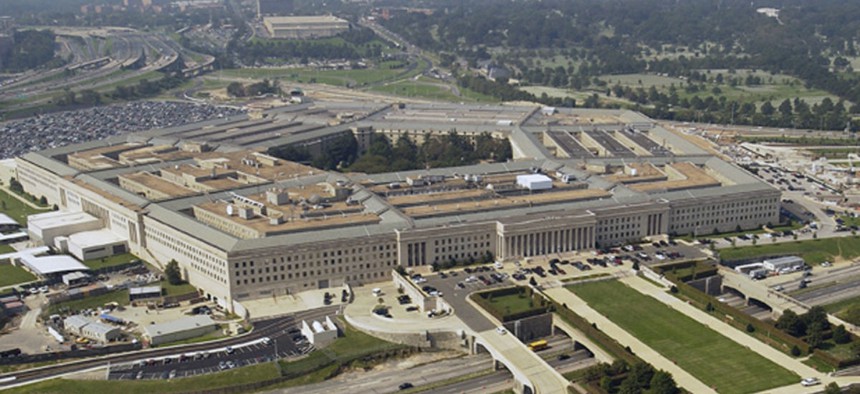Pentagon Advised to Sharpen Sexual Assault Prevention
GAO says policies not linked to outcomes or communicated well to local bases.
The Defense Department’s ongoing effort to reduce sexual assaults involving service members--estimates of which topped 20,000 for 2013—is hampered by unclear links between prevention strategies and desired outcomes at military installations around the world, a watchdog found.
Though some reports show a reduction in assaults, the Government Accountability Office in the latest of a mandatory series of reviews found that planners of the prevention campaign “have not taken steps to help ensure that activities developed at the local level are consistent with the overarching objectives of DoD.”
Pentagon data show that reported sexual assaults involving servicemembers more than doubled from about 2,800 reports in fiscal 2007 to about 6,100 reports in fiscal 2014. A survey by the RAND Corp. estimated the actual number at the much higher 20,300 among active-duty warfighters in 2014 alone.
The department’s approach involves 18 actions modeled on the Centers for Disease Control’s strategies. For example, “emotional health and connectedness were listed as protective factors for high-school boys that may help to curb the initiation of sexual violence,” the report said. “For high-school girls, academic achievement was listed as a factor that may reduce their exposure to sexual violence.”
In implementing of the Joint Chiefs of Staff’s May 2012 Strategic Direction to the Joint Force on Sexual Assault Prevention and Response, DoD has included six protective factors identified by CDC in its prevention strategy, such as emotional health, but Defense does not specify how they relate to five domains—individuals, relationships, society and leaders both civilian and military. “The protective factors that DoD included in its strategy are grouped together in a general category rather than being listed under the domain to which they correspond,” auditors said after visiting bases and conducting interviews.
GAO said that clarifying a link between the prevention actions and their intended outcomes while also identifying risk factors “could help DoD ensure that it is taking an evidence-based approach to the prevention of sexual assault.”
Auditors recognized that “it takes time for [a] prevention strategy to take root in an organization as large as DoD,” and credited the department with recognition of the key role leadership plays in communicating prevention principles to staff and service members. Legislation to remove sexual assault crimes from the military justice chain of command remains stalled in Congress.
GAO recommended that Defense link prevention activities with desired outcomes; identify risk and protective factors for all domains; communicate and disseminate its strategy to all program personnel; align service policies with the strategy; and fully develop performance measures.
Pentagon officials agreed.




